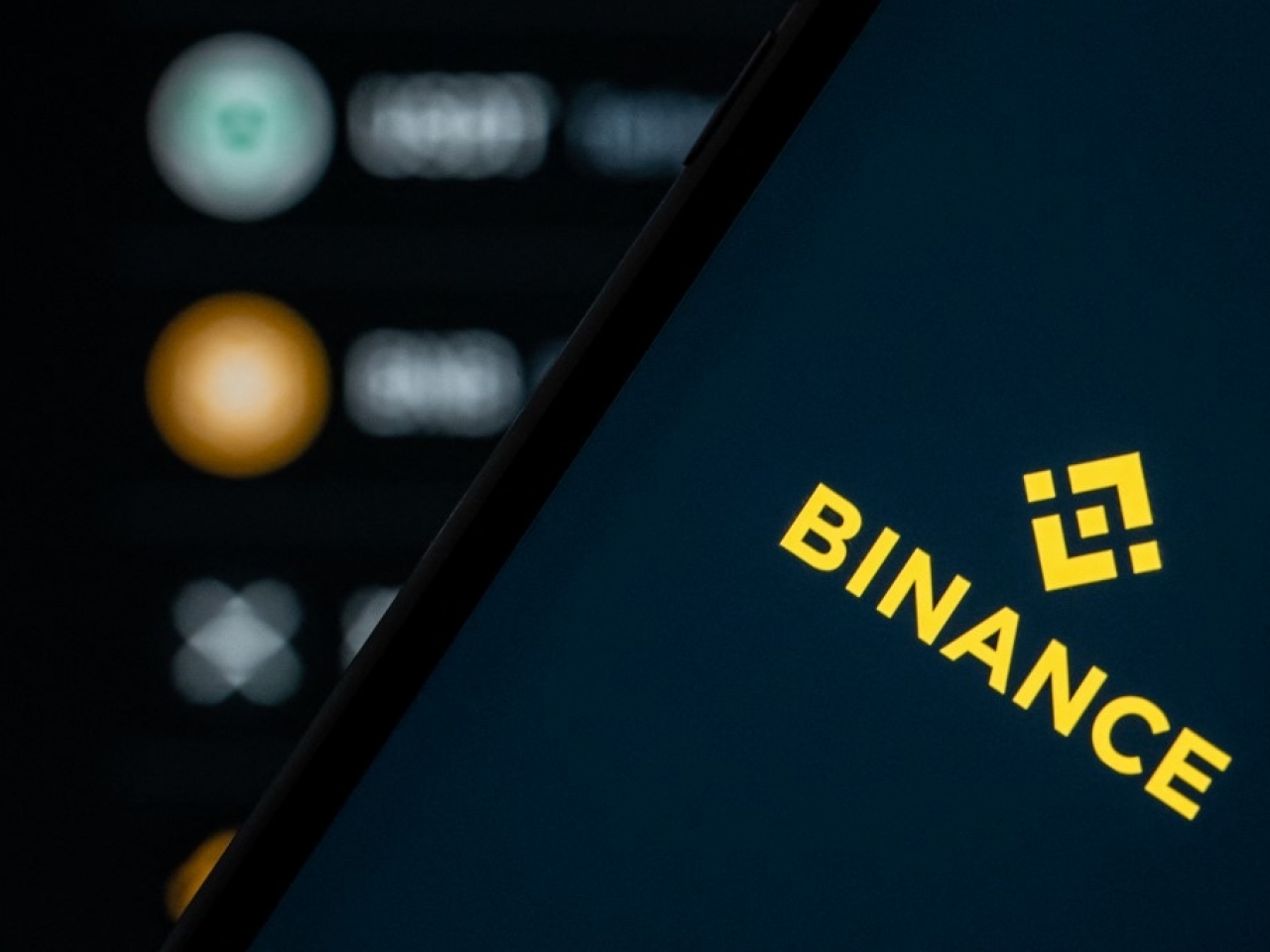The currency of the main online line is not fast selling? Historical data tells you that this is the most reasonable
If you want to exceed the benchmark revenue of the entire market, there are generally several ways:
- 1. Better and faster investment decisions than competitors
- 2. Use information asymmetry to gain advantage
- 3. Adjust strategies in a timely manner to promote better returns
- 1. Fundamental analysis, assessing undervalued or overvalued assets, then doing more or shorting
- 2. Quantitative strategies to make faster investment decisions through proprietary (rather than public) algorithms
- 3. Arbitrage / moving bricks, making price difference through price difference in different markets
- 4. Macro strategies, such as policy adoption, and industry trend judgments
- 5. Driven by events, such as project launches, company mergers or acquisitions, etc.
Recently, many investors are exploring “event-driven” as a forward or reverse trading signal, for example:
– Production (block reward) halved
- Leihu, China Electronics Technology Standardization Institute: Building a blockchain test ecosystem based on standards
- The essence of high-end dialogue: How to understand the meaning of blockchain and bitcoin?
- Market Analysis: EOS starts cutting leeks, just waiting for BM's June big move
– Technology development to a milestone
– Product roadmap update
We are also curious as to whether this is a reusable strategy that can lead to excess returns.
Let's assume there are 4 scenarios:
- 1. Buy one week before the main network/product goes online and sell it on the same day.
- 2. Buy on the day before the main network/product goes online and sell on the day of the launch.
- 3. Buy on the main network/product online, sell on the second day of online
- 4. Buy on the main network/product online, sell it one week after going online
However, for the fourth scenario, there is a clear difference. Ten of the 14 projects were negative (in 7 days) with a median of -7.5% , and the median of the decline was increased to -8.9% in bitcoin .
Many people will think that the main online line means that the product will fall, which may lead to at least one week of increase. But in fact, most traders' behavior tells us that they will sell when they go online and then start looking for the next deal.
Another possibility is that the token in front of the main online line is just a substitute that can be used only for "speculation" without any function, so the fluctuation will be even bigger. In the world of cryptographic assets, there are too many ways to earn excess returns, but the methods summarized in this article are old-fashioned and used badly in the stock market:
Change to the context of the currency market, you can also adjust to:
"When you buy at a time, you must sell at least when you go online."
[2] P/E ratio (PE) is one of the commonly used indicators to assess whether a stock price level is reasonable, divided by the stock price divided by the annual earnings per share (EPS).
Https://messari.substack.com/p/sell-the-newmainnet-unqualified-opinions
Produced|Coin Kaqiu (ID: bikaqiu_official)
Compilation | Pan Zhixiong
We will continue to update Blocking; if you have any questions or suggestions, please contact us!
Was this article helpful?
93 out of 132 found this helpful
Related articles
- 5 major events worth looking forward to in the second half of 2019
- Getting started with blockchain | What exactly is a smart contract?
- Nearly one-fifth of the central enterprise development blockchain – non-banking central enterprise blockchain practice
- Technical Guide | Plasma Core Certification Structure and Inspection
- Interview | Kevin Kelly: Blockchain is a great tool, but it doesn't necessarily change the world
- The joint petition deletes the signature of the copyright document, and who has become the eye of Ou Bencong
- 5.27 Market Analysis: Bitcoin accelerates the upside, how will the follow-up market develop?





